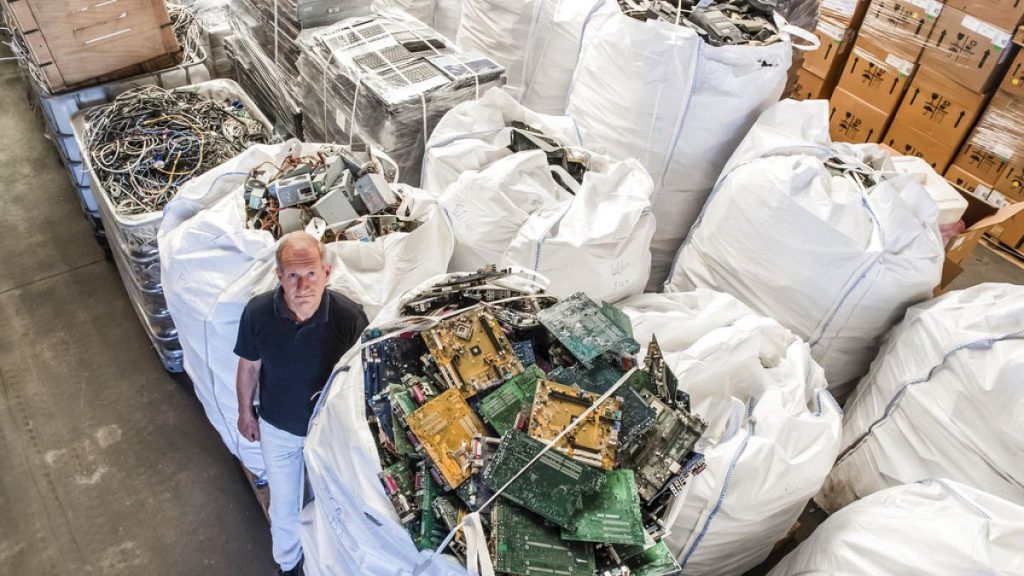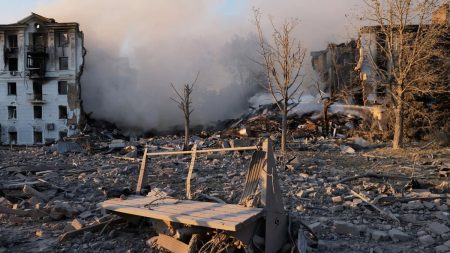Aromatic brominated flame retardants (ABFRs), a class of chemicals widely used to prevent plastics from catching fire, are facing potential EU-wide restrictions due to growing concerns about their impact on human health and the environment. The European Chemicals Agency (ECHA) recently issued a recommendation highlighting the risks associated with ABFRs, particularly when used as additives that do not chemically bind to the plastic. This non-binding application allows the chemicals to leach into the environment throughout the product’s lifecycle, particularly during the waste stage. This characteristic mirrors the behavior of per- and polyfluoroalkyl substances (PFAS), also known as “forever chemicals,” which are already under scrutiny and facing restrictions within the EU. The parallels between ABFRs and PFAS extend to their toxicity, bioaccumulation in organisms, and persistence in the environment, raising significant red flags for regulators.
ABFRs are ubiquitous in modern life, found in various products ranging from smartphones and other electronics to textiles, furniture, and construction materials. Disturbingly, many ABFRs haven’t been registered under REACH, the EU’s comprehensive chemical regulation, yet they are being detected in high concentrations in the environment. This discrepancy suggests potential non-compliance with REACH registration requirements, particularly concerning imported articles containing plastics with uncertain compositions. The ECHA report underscores the need for a comprehensive “group approach” to regulating ABFRs, similar to the strategy employed with PFAS. This approach aims to prevent the regrettable substitution phenomenon, where one banned chemical is simply replaced by another equally harmful substance. Previous attempts to ban individual brominated compounds have often resulted in such substitutions, highlighting the limitations of a piecemeal approach.
The ECHA’s recommendation validates long-standing concerns voiced by health and environmental advocacy groups about the safety of flame retardants. These chemicals are known to be persistent, bioaccumulative, and toxic (PBT), leading to continuous exposure throughout a product’s lifecycle. Studies have linked ABFRs to various adverse health effects, including developmental and behavioral disorders, neurotoxicity, endocrine disruption, metabolic disruption, and even cancer. These findings underscore the urgency for swift action by the European Commission to restrict ABFRs and ensure a toxic-free environment that protects public health. The Commission, already engaged in drafting a comprehensive PFAS ban following a high-profile public campaign, is now under pressure to address the ABFR issue with similar determination.
However, enacting restrictions on widely used chemicals like ABFRs inevitably faces resistance from various stakeholders, including industry groups and even some lawmakers. The chemical industry, represented by organizations like the International Bromine Council (BSEF), argues that modern ABFRs are thoroughly researched and safe for humans and the environment, complying with strict legal requirements and certification schemes. They emphasize the importance of these chemicals in meeting flammability and product standards, ensuring safety for users and workers. BSEF has historically lobbied against tighter regulations on flame retardants and successfully challenged ecodesign rules banning halogenated flame retardants in electronic screens in 2022. While acknowledging the ECHA report as a recommendation, the industry emphasizes that the final decision rests with the European Commission, with any potential restrictions unlikely to take effect before 2029.
The potential restrictions on ABFRs are unfolding against the backdrop of a broader push to simplify EU chemicals regulation. European Commission President Ursula von der Leyen has prioritized this reform, with an overdue overhaul of REACH expected next year. This broader regulatory context adds another layer of complexity to the ABFR issue, potentially influencing the timeline and scope of any future restrictions. The debate around ABFRs highlights the inherent tension between ensuring product safety and protecting public health and the environment. Balancing these competing interests requires a nuanced approach that considers scientific evidence, economic realities, and the potential for unintended consequences.
The potential ABFR restrictions also raise important questions about the efficacy of current chemical regulations and the need for proactive approaches to chemical management. The fact that many ABFRs are present in the environment despite not being registered under REACH underscores the limitations of reactive regulation. A more proactive approach would involve assessing the potential risks of chemicals before they are widely used, promoting the development and adoption of safer alternatives. This shift towards proactive chemical management could prevent future scenarios where widespread use of hazardous chemicals necessitates costly and disruptive regulatory interventions. The ABFR case underscores the urgency of this transition and the need for a more holistic approach to chemical safety in the EU.














